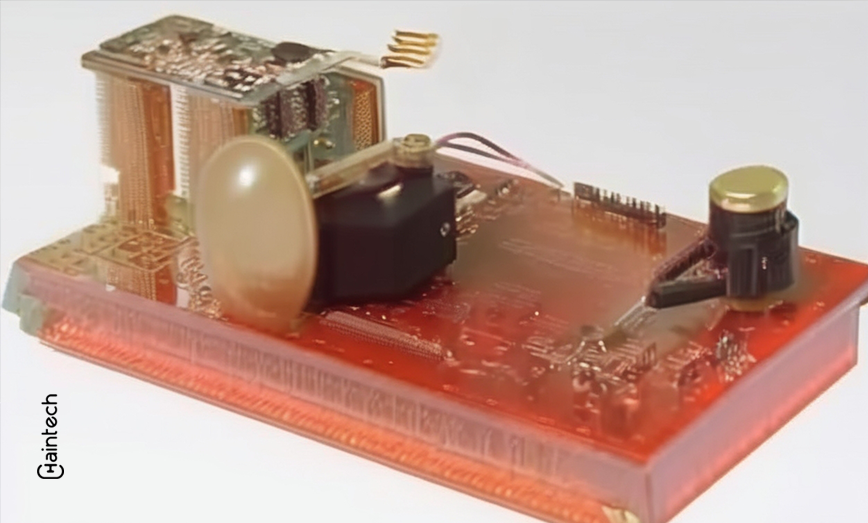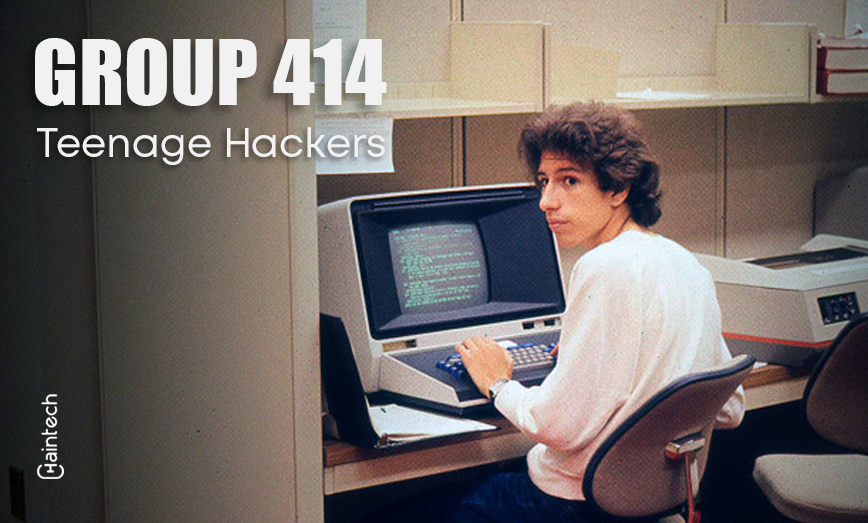Year 1903: Guglielmo Marconi & the Wireless Telegraph Attack

Introduction
The allure of wireless communication, often seen as a triumph of modernity, carries a tale from the bygone era of 1903. In the heart of London, Guglielmo Marconi, revered as the father of modern radio technology, faced an unexpected challenge that would forever etch the Wireless Telegraphy Attack of 1903 into the books of technological history.
Marconi’s Ambitious Demonstration
The scene is from the cliffs of Poldhu, Cornwall, in June 1903, where Marconi, armed with his groundbreaking wireless system, prepared for a demonstration that promised to redefine long-distance communication. The vision was to transmit secure messages over 300 miles without the hassle of physical wires. A feat that seemed revolutionary but one that held unforeseen vulnerabilities.
As the stage was set for Marconi’s technological marvel, an unexpected disruptor emerged. In the Royal Institute of London’s iconic lecture theater, physicist John Ambrose Fleming awaited the wireless transmission. However, before Marconi could commence, disruptive wireless signals infiltrated the theater, sparking Morse code messages that flickered on the projector, spelling out an unexpected word: “Rats”. This public humiliation unfolded alongside taunting verses aimed at Marconi, shattering the illusion of secure wireless communication.
Enter the Intruder
Marconi’s wireless telegraphy, though revolutionary, had stirred unease among wired telegraph companies fearing a threat to their established business. Capitalizing on this unease, Nevil Maskelyne, not only a manager of a rival telegraphy company but also a notorious troublemaker, saw an opportunity to unveil what they deemed a technological fallacy.
Maskelyne’s plan was simple yet effective. He set up a transmitter near Fleming’s lecture in London, sending Morse signals to interfere with Marconi’s messages from Cornwall. The disruption worked, revealing that Marconi’s receiver, contrary to claims, wasn’t tuned to a specific frequency. Fleming, noting the interference, decried this act of “Scientific Hooliganism” in a letter to the Times newspaper. He reached out to readers, seeking help in unveiling the miscreant behind this devilry. In a curious turn of events, Maskelyne, intriguingly, responded himself, asserting that his primary motive was to expose Marconi and highlight the vulnerability of his invention.
Wisdom Echoes from the Past
The Wireless Telegraphy Attack of 1903 offers more than a dramatic historical incident. It unfolds as a precursor to modern cybersecurity challenges, highlighting the risks associated with overconfidence in technological security. Marconi’s fervent belief in the infallibility of his system, coupled with Maskelyne’s cunning demonstration, draws striking parallels to contemporary cyber threats.
Conclusion
As we reflect on the Wireless Telegraphy Attack of 1903, we unearth a chapter where innovation clashed with skepticism. Marconi’s vision collided with the strategic moves of rivals, echoing the perpetual struggle between progress and security. While this historical narrative may seem distant, its echoes persist in the complexities of 21st-century cybersecurity. The attack of 1903 serves as a poignant reminder that the challenges faced by Marconi reverberate through the corridors of technological evolution, underscoring the timeless importance of vigilance in the face of innovation.









